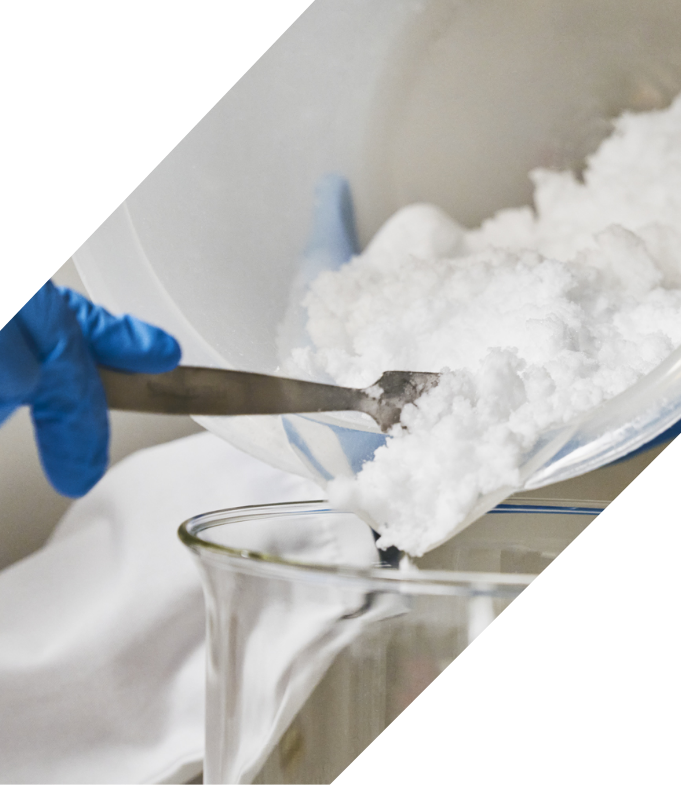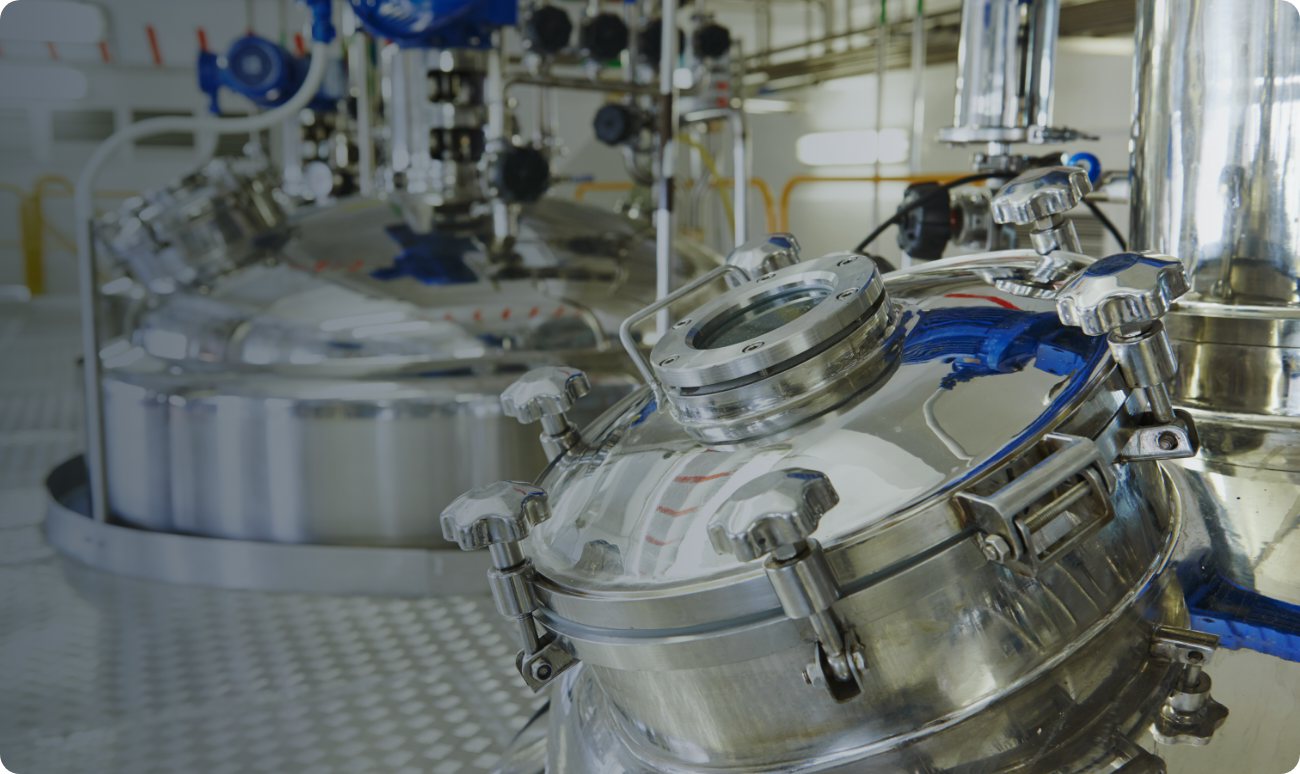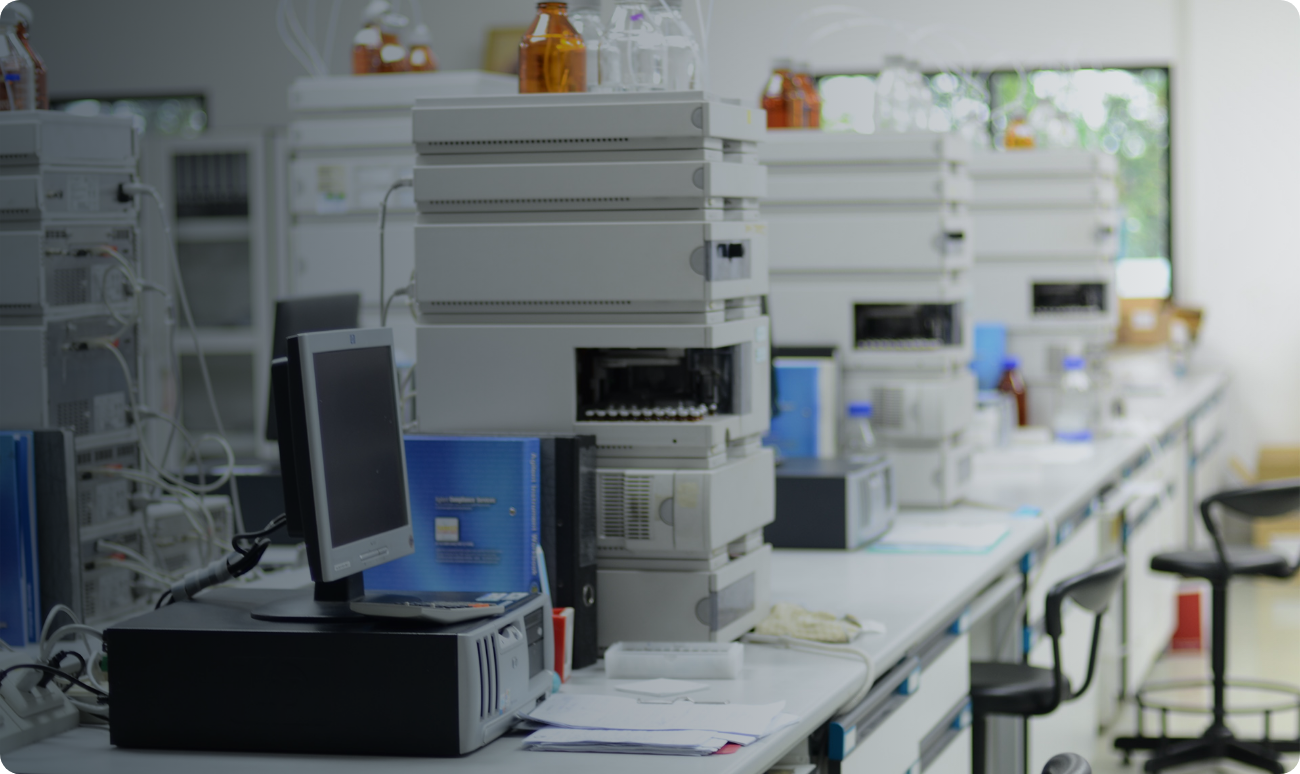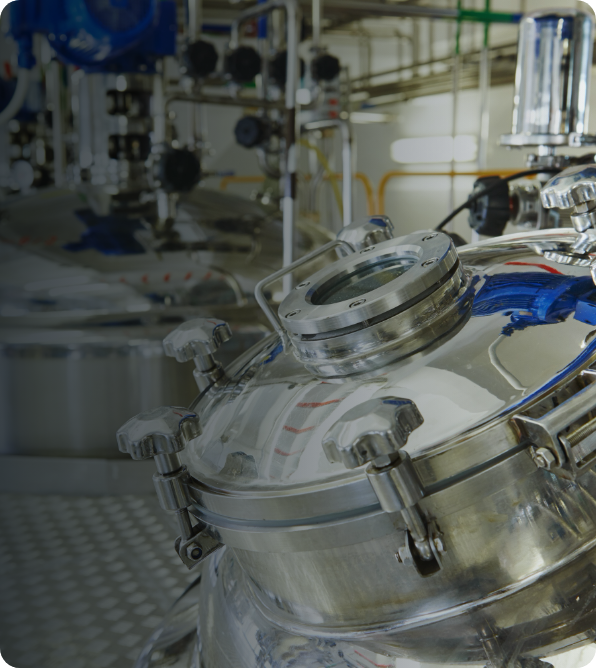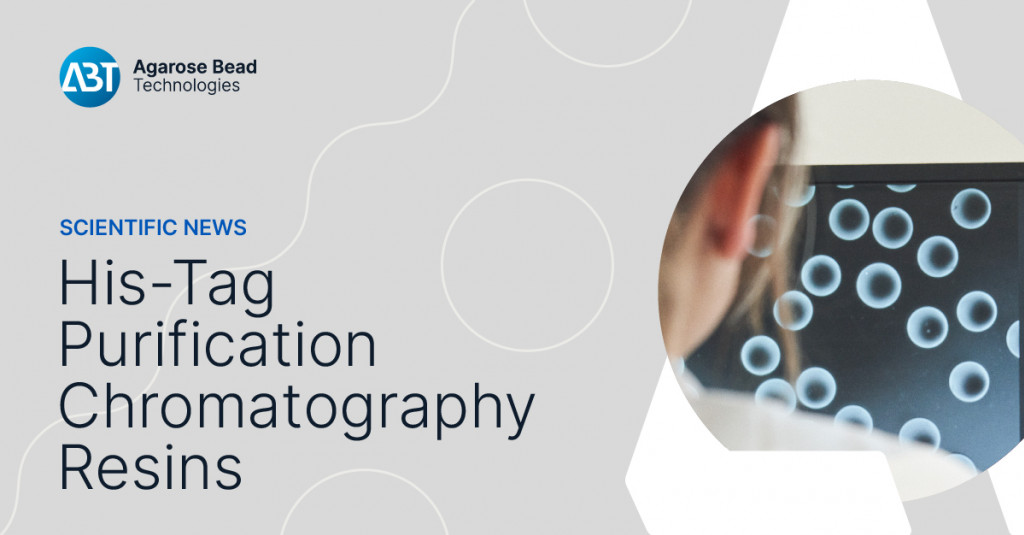Latest news
-
ABT's agarose resins achieve Halal Certification
Published : 04/04/2024 | Categories : ABT , DefaultABT is pleased to announce that some of our agarose resins, essential to the biofarmaceutical and bioprocessing industries, have been certified to several internationally recognized halal standards.
-
Purifying HIV proteins to discover new therapeutic targets
Published : 03/13/2024 | Categories : ABT , DefaultABT chromatographic resins have demonstrated that the instability of the HLA-E peptidome of HIV could be a significant obstacle to therapeutic targeting of these antigens.
-
Advancing Bacteriophage Research with Nickel NTA Agarose Resins
Published : 02/08/2024 | Categories : ABT , DefaultOur technology offers a unique advantage in studying bacteriophages, particularly in the purification and analysis of phage components like tail fibers and chaperones.



